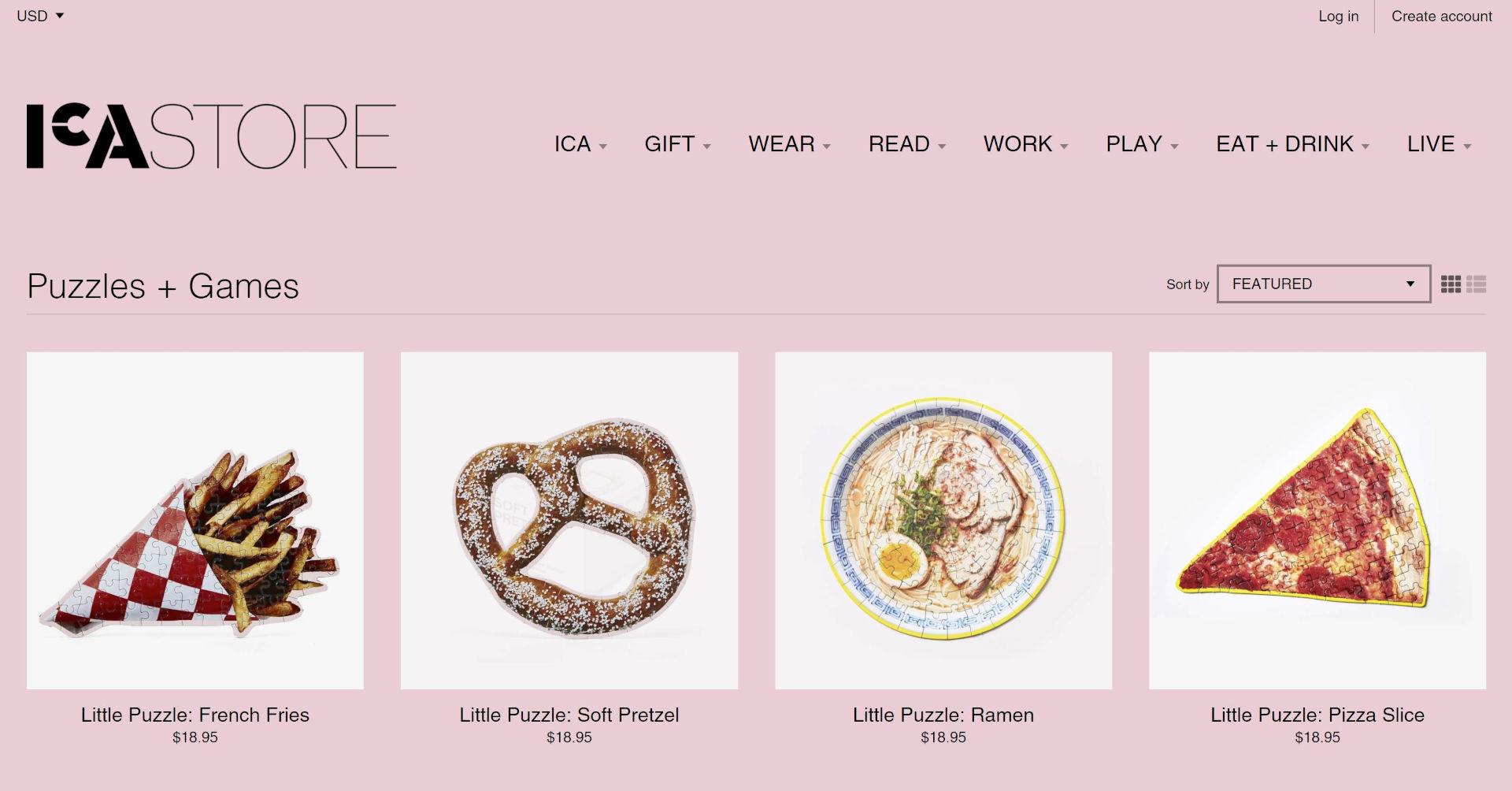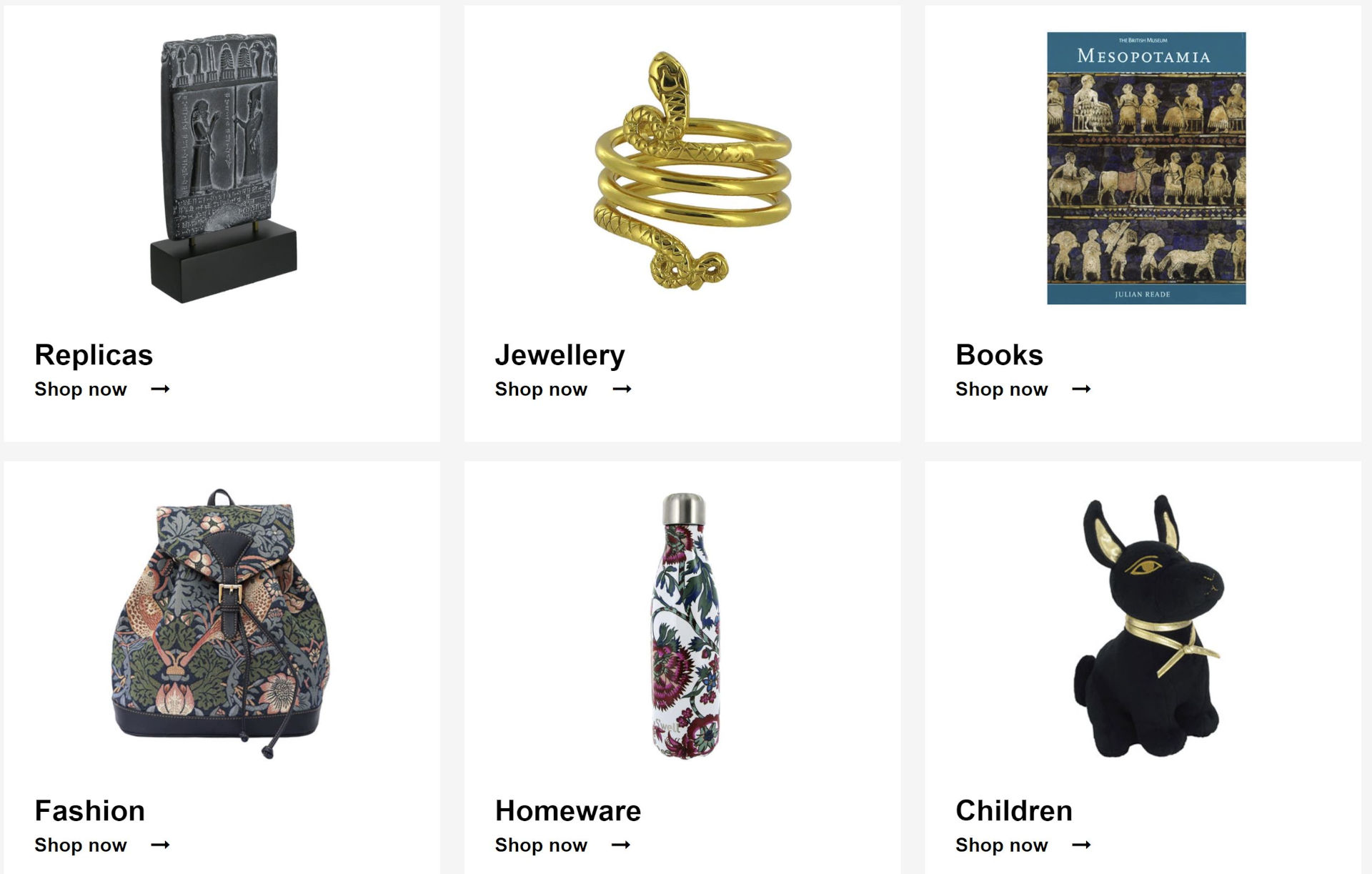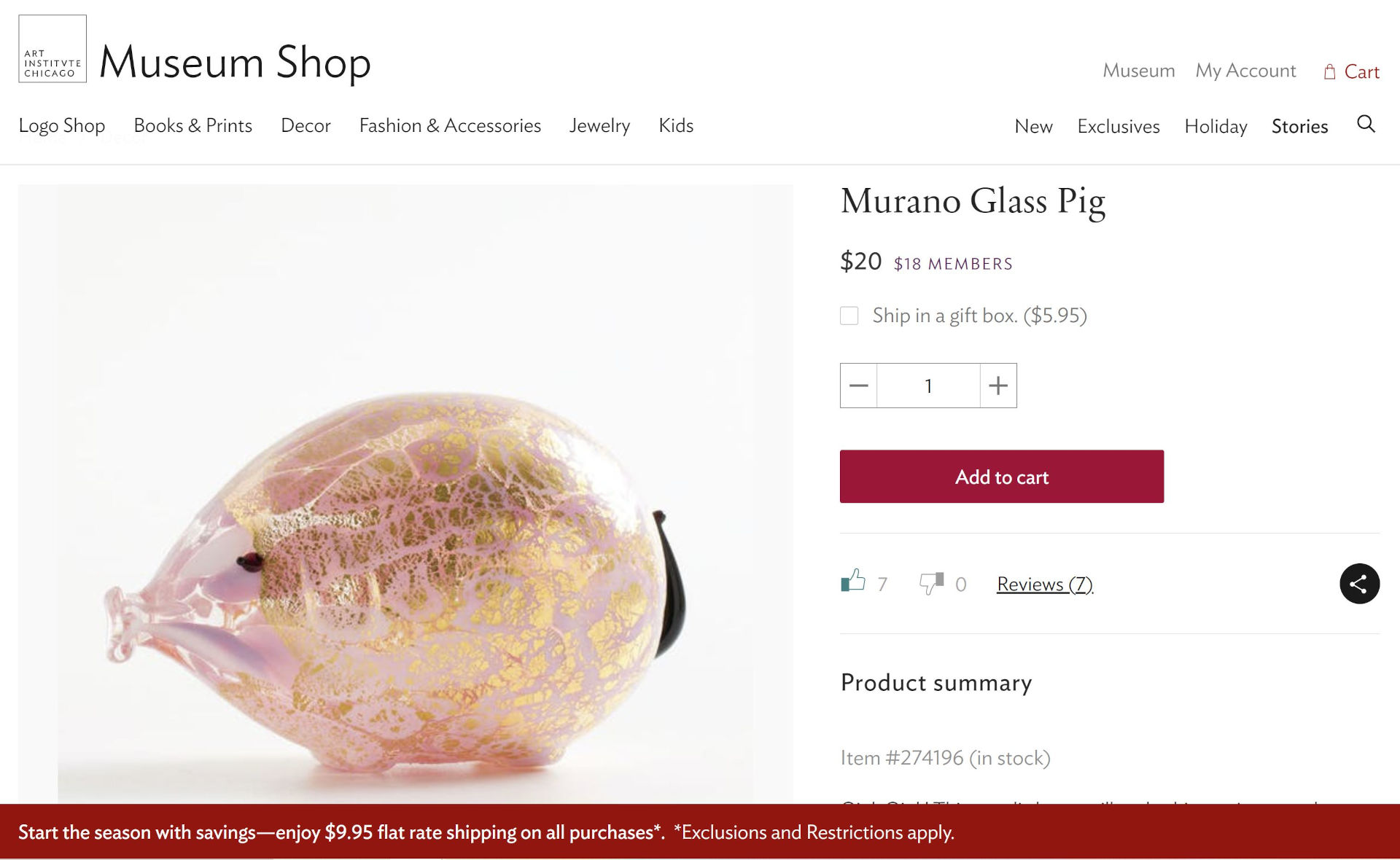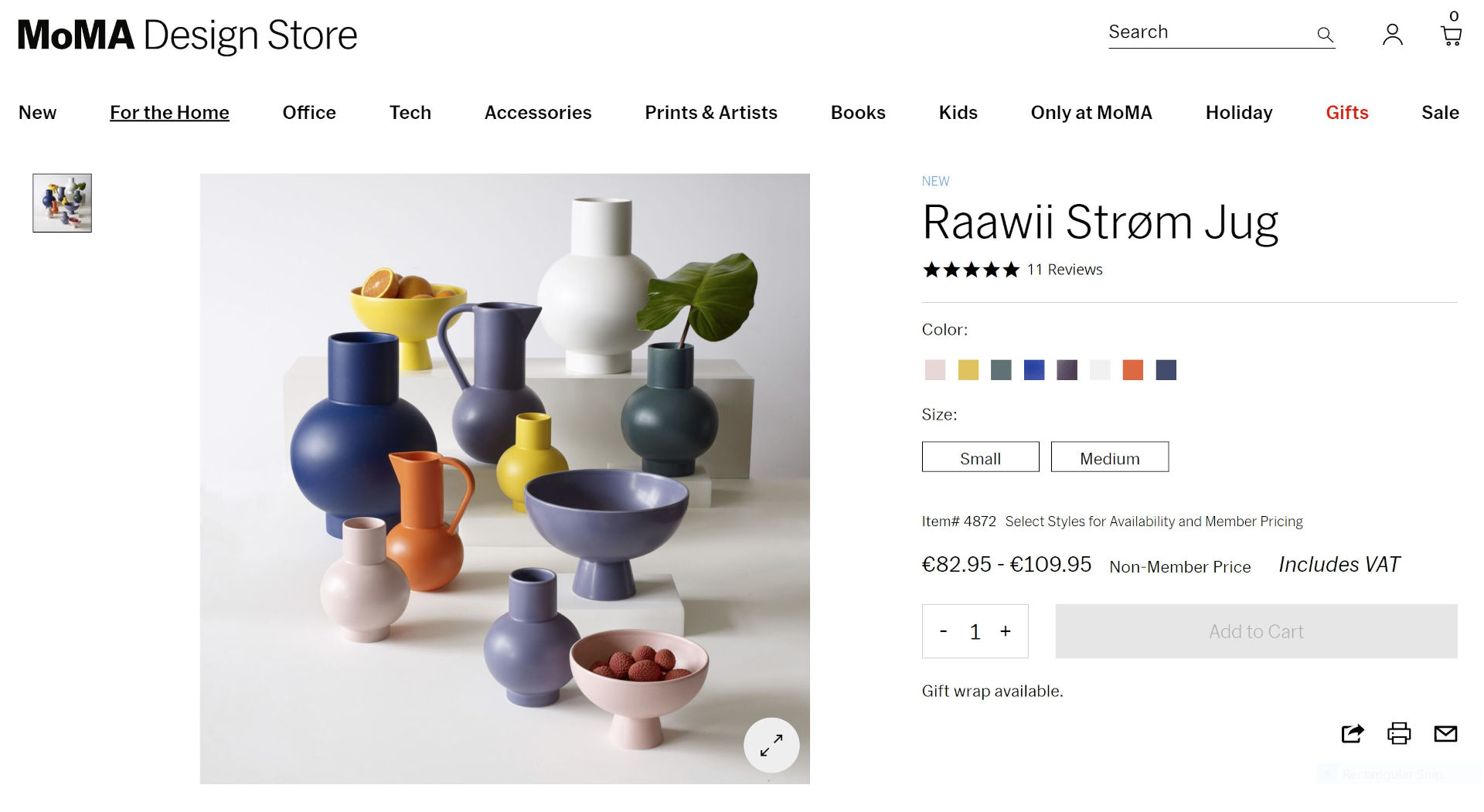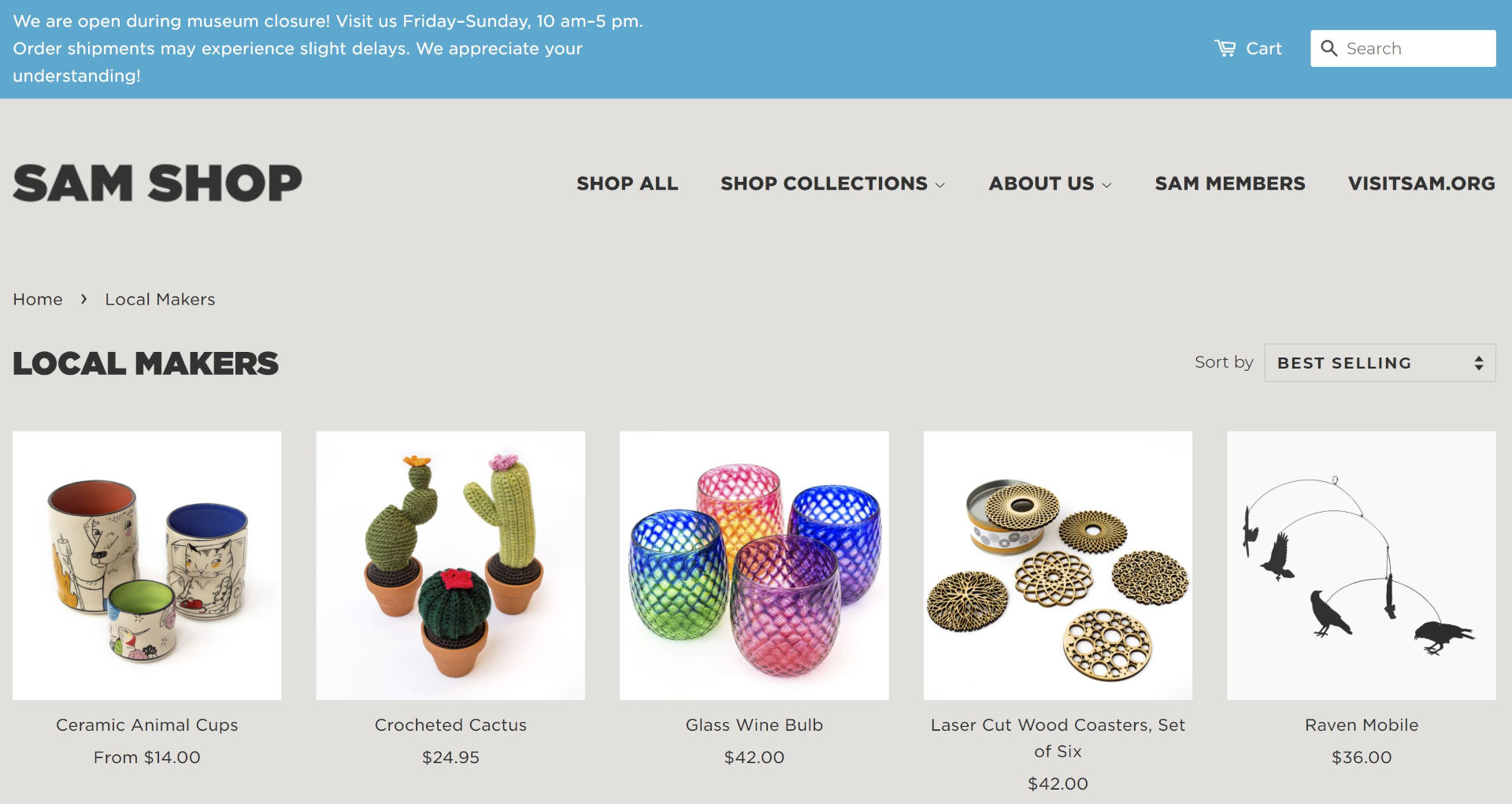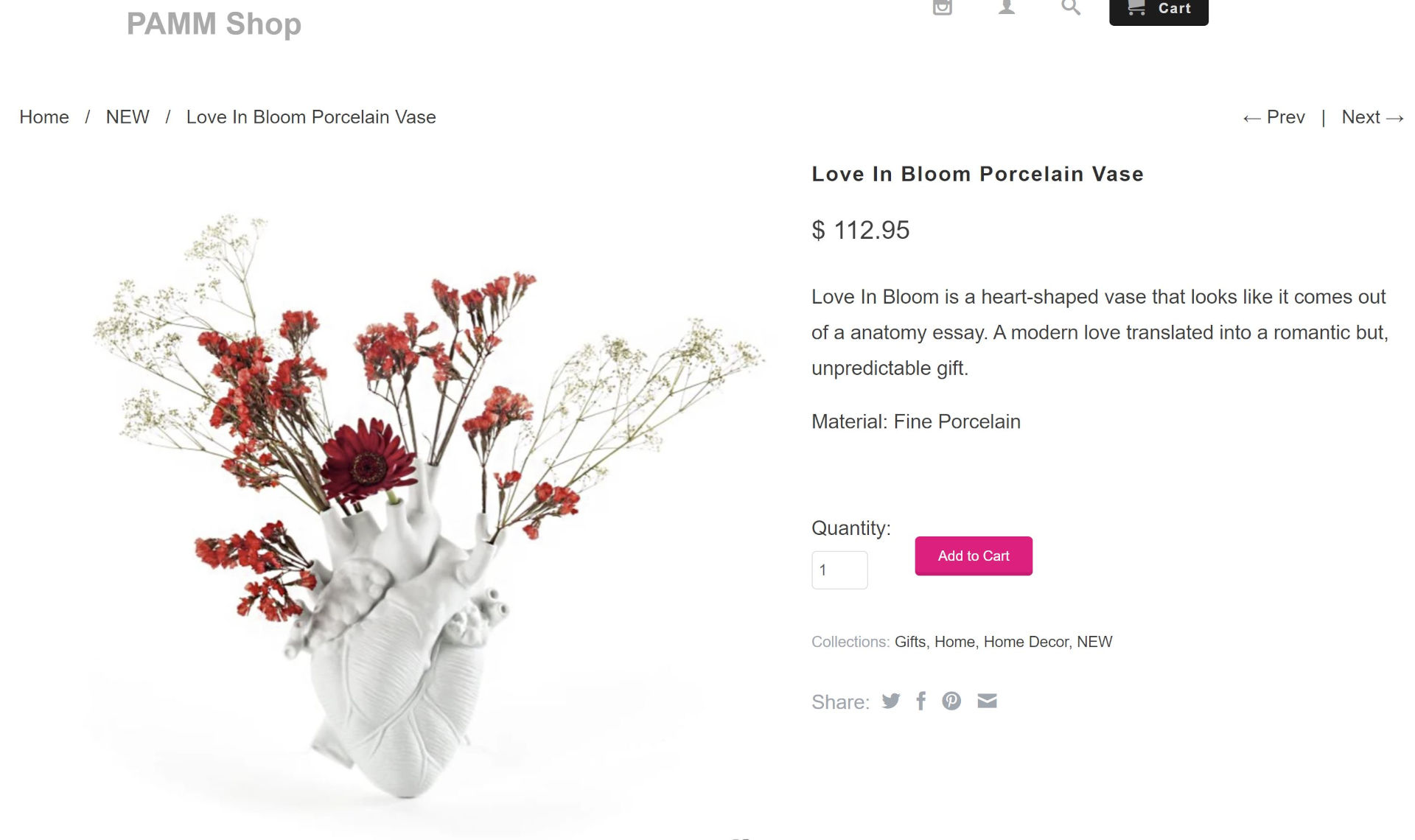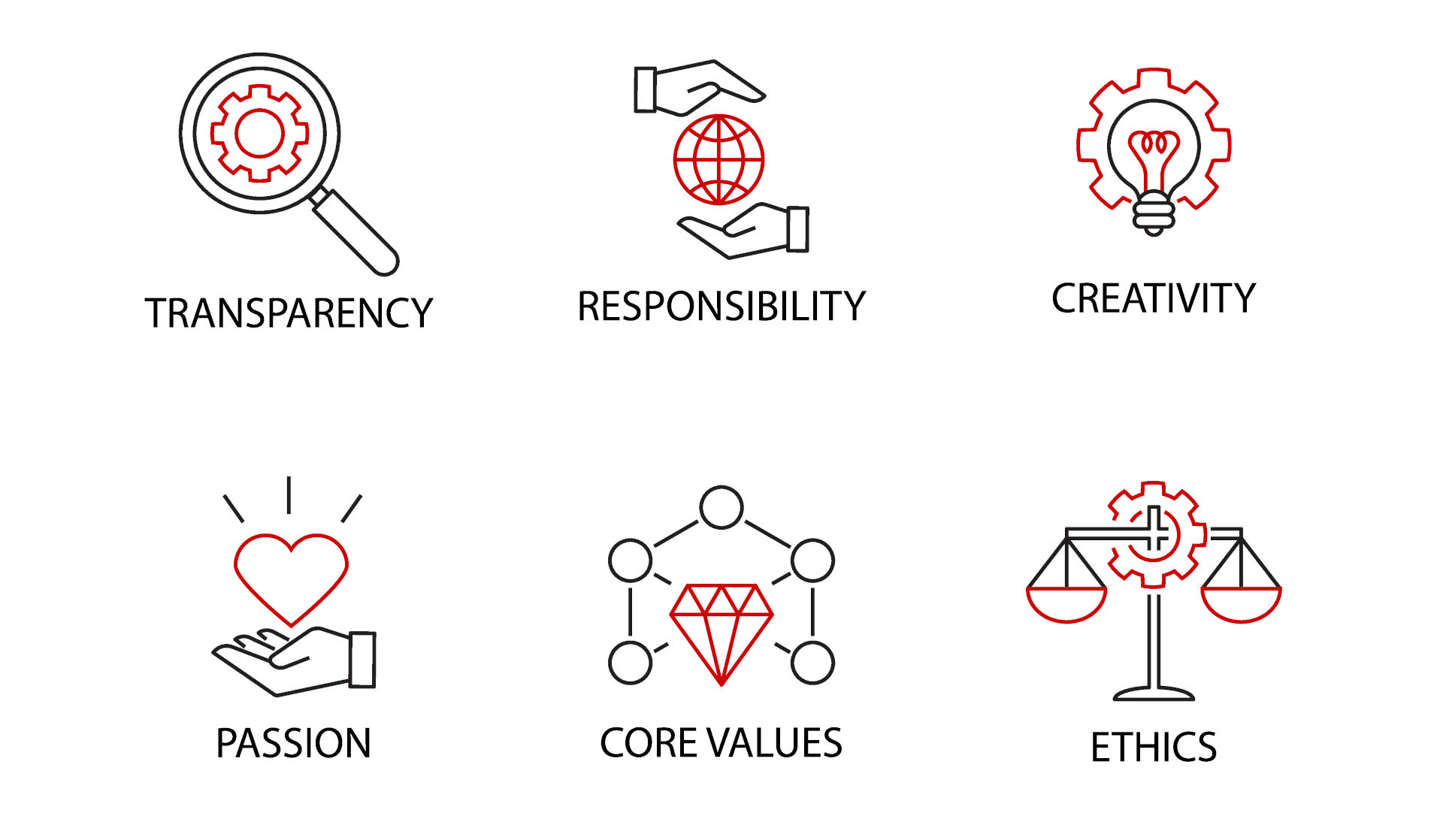The Best Holiday Shopping in Online Museum Stores
Do you feel it? The holiday season approaching? To measure by the appearance of Christmas cookies in the supermarkets, the approach began in September… But only now is the weather juuuust starting to turn cold, and the talk of Christmas (or the social-distancing lack of it) starting to gear up. The atmosphere is understandably less celebratory and more cautious, or even grinchy, than in other years. But it is still a good time to remember our loved ones and count whatever blessings remain for us.
One of my favorite things, aside from museums, is giving gifts. Even little ones that just mean “I was thinking of you.” They are a gesture of love and a tiny respite from daily travails. And one of the best places to find special presents is a museum shop – this year of course in the online world. There are some good, giant shops out there, but also some hidden gems with unexpected specializations. Here is a roundup of some of my favorites.
Worthy Giants
Perhaps the largest and most well-stocked of the online museum shops are those of The Metropolitan Museum and the British Museum. These are great at stocking items related to the collections, with the objects actually printed onto mugs (Rosetta stone), scarves (Parthenon), or jewelry (Degas dancer pin), or replicas of actual pieces in the galleries (Rodin, The Thinker). Because both museums aim to be “encyclopedic” (a controversial topic for another day!), their shops can be a bit overwhelming – the behemouths in the shopping ring.
Glass for Miles
Another very large contender is the shop of the Art Institute of Chicago. One of their strongest sections is glass objects, although they don’t tout this up front. Beautiful Frank Lloyed Wright drinking glasses and teeny Murano animals (I love the pig) are something to swoon over. But don’t take my word for it – check out the 7 (!) ecstatic reviews of that pig!
American Indian and African American Books
The Smithsonian Museums comprise the National Museum of the American Indian and
National Museum of African American History and Culture. Their shop reflects this in various fine books that are a tribute to these communities. The cultural reads include cookbooks of the Sioux and Mitsitam people, as well as soul food and Afro-vegan cookbooks. More overtly activist are the books of young activist poets, Native American veterans’ stories, and Obama’s latest book. Any of these could deeply impact your life!
Design in XXL
MoMA is world-famous for lots of good reasons. One of them, although less hyped, is the store. It’s just superb. The exquisite taste in home design is matched by the prices, but hey, scrolling is free! Drool cover for your keyboard not included.
I’m the philistine who likes gaudy technicolor light-up glass trees (oh yes!), but maybe you’re more into the heart-rendingly sleek Danish stoneware tableware.
Superb Scandinavian Design
A non-MoMA design winner is out there, however. My eyes popped out at the home design selection of the Moderna Museet shop in Stockholm, Sweden. What is this twisty black-and-white thing? And how much is 175 Swedish kroner, anyway? These mobiles (fish, atom) are the most stylish thing you’ll ever hang from your ceiling, go ahead.
Local Art Spotlight
A great feature of the Seattle Art Museum shop is the section “Local Makers.” What a wonderful way to engage with the local community, to the benefit of maker, museum, and visitor! These corkscrew earrings are stunning (watch out, long-haired wearers).
Puzzle Your Pretzel
I guess I’m not the only one into puzzling these days? Is this a thing now? Want to join in, or encourage the puzzler in your life? The shop of the Institute of Contemporary Art in Boston has you covered. Although some of these puzzles can be found in other museum shops, this selection is the best. I adore the salted soft pretzel puzzle.
Anatomy of Love
A surprise winner for me was the Perez Art Museum Miami (PAMM) shop. Check out this porcelain flower vase in the shape of an anatomically correct human heart! And this Vadge of Honor pin, for that special feminist in your life – and remember, #feminismisforeveryone! This is a socially-aware shop: check out the exclusive PAMM collection, which features books of BIPOC empowerment! (As well as ironic teacups and beach towels.)
What are your favorite online museum shops? Share your tips in the comments below!
Transparency and Inclusion: Do Better!
It’s hardly news anymore that museums across Europe and the USA are currently embroiled in a great struggle. The struggle is about who museums are for, and what museums do to recognize their audiences. Although many institutions do not acknowledge this struggle at all (unlike the omnipresent financial struggle), this by no means makes it go away. To the contrary, it only makes the museums who ignore it appear more lamentably mired within the antiquated power structures and elitism condemned by progressive new movements particularly within the last year.
Two news articles came up recently that make this topic worth reflecting upon again.
Postponing the Philip Guston Exhibition
Several museums planning a traveling exhibition of work by Philip Guston decided earlier this year to postpone the show. The rationale was that the artworks, many of which feature Ku Klux Klan members, are triggering, particularly after the murder of George Floyd. (But there are other, related reasons, well explained in this article.) Like many of the press, I too was suspicious of the decision and feared the worst: museums are once again avoiding responsibility to address the most relevant social issues of our day, seeking instead to preserve their own advantageous position within the ancien regime by simply not talking about it.
But no!
Enter my all-time hero of museum directors, Kaywin Feldman. As head of the National Gallery of Art in Washington, DC, one of the museums organizing the Guston show, she gave a fantastic interview about what is really at stake behind the decision: “I would stress that I’m absolutely committed to doing this exhibition and I believe in Philip Guston. I’m not sure that I would argue that the public needs a white artist to explain racism to them right now. That, combined with the meager track record that the National Gallery has of showing and engaging artists of color, makes it difficult that one of our first major exhibitions about racism is from a white perspective.” Hear hear! Feldman supports this statement by pointing out how the institution is acting on the mandate to diversify, rather than just publishing a letter about it (as many other institutions did). She even mentions working with the gallery security guards to better understand and engage the public! I absolutely love hearing this, because to my mind the museum guards are one of the most undervalued assets of museums worldwide.
This is in keeping with Feldman’s heroic work of previous years, like that presented in her essay “Guerrillas in Our Midst: A Museum Director’s Appeal for a New Feminist Agenda” (in the volume Feminism and Museums: Intervention, Disruption and Change, 2017). It is an inspiring read. If you can’t find the book, get in touch and I can try to help you.
Vandalism on Museum Island, Berlin
The other news item is the recent vandalism in several museums on Museum Island in Berlin. This occurence has been marked by a lack of transparency from start to finish, beginning with the delay of more than two weeks for the story to break into public news. Since then, the museums have published a short online statement with the basic details of the event, but have not addressed their communities in any other way.
I would argue that this horrible act of vandalism offered a chance for the museums to rally supporters to condemn the act with a shared voice. The public is shocked and horrified – why not use that to build solidarity and support for culture, and to send a strong message to both past and would-be perpetrators that society is against their actions? This would be a much stronger message than the dry, burocratic finger-wagging that has been the entire response so far. People want to rally around their museums – museums just need to give them the chance.
The title of this post is taken from the movement of staff at the Guggenheim museum to organize into a union. They adopted the hashtag #DoBetterGuggenheim. This is both a symbol of the need to resist and reform ossified institutions, and a successful example of it starting to work! Comment below with any other examples you know about!

